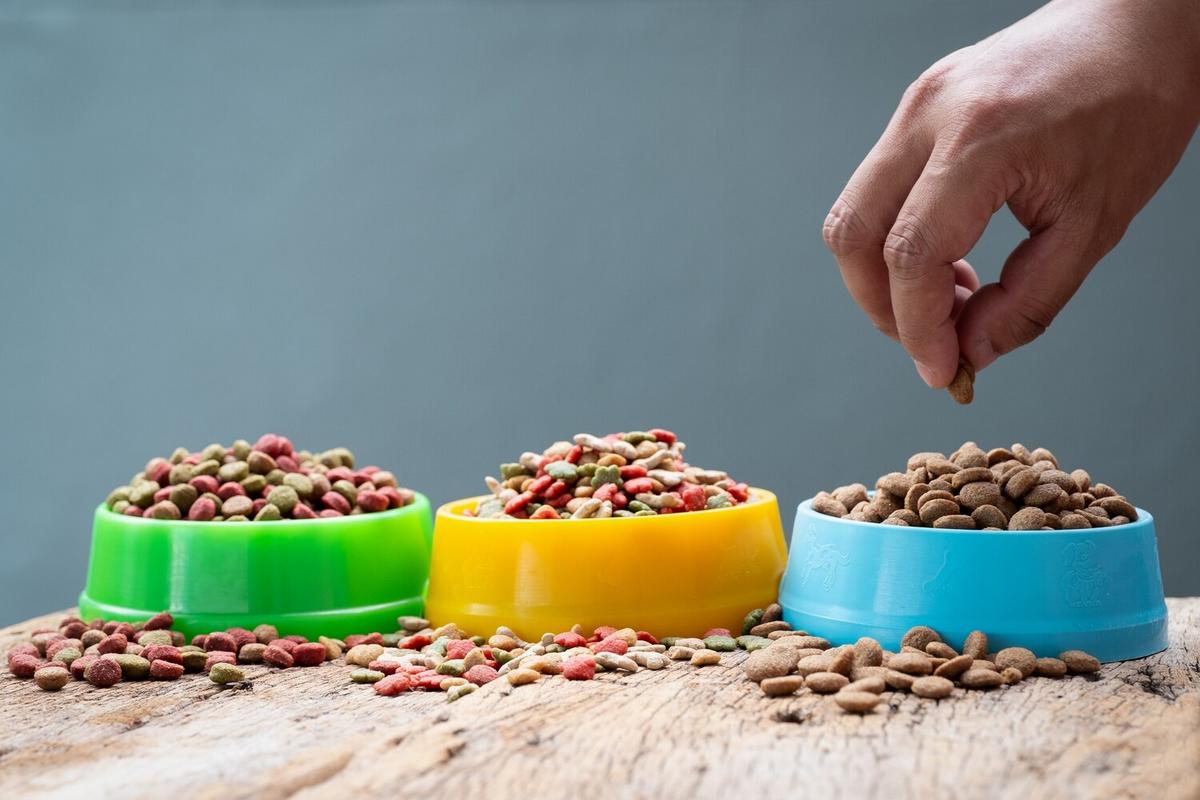The world’s oceans, vast and teeming with life, are increasingly threatened by an insidious enemy: plastic waste. This problem, growing in scope and severity, poses a significant risk to marine ecosystems and the creatures that inhabit them.
Plastic waste in our oceans is a pressing environmental issue that impacts marine life across the globe. From microscopic plankton to majestic whales, no marine creature is spared from the harmful effects of plastic pollution. According to a 2018 study by the United Nations, approximately 8 million tons of plastic waste enter the oceans annually, threatening the delicate balance of marine ecosystems.
The Scope of the Problem
Plastic waste is pervasive in marine environments. It’s estimated that there are over 5 trillion plastic pieces afloat in the world’s oceans. This waste comes in various forms, including bottles, bags, and microplastics, which are small plastic particles less than five millimeters in size. These microplastics are particularly concerning as they are easily ingested by marine animals, leading to health issues and even death.
Expert Insights
Marine biologist Dr. Lisa Svenson emphasizes the urgency of addressing plastic pollution, stating, “Plastic waste is one of the most significant threats to marine life today. Its impact is far-reaching, affecting not only individual species but entire ecosystems.” Her insights highlight the need for immediate action to mitigate this environmental crisis.
Impact on Marine Life
Plastic waste has a devastating impact on marine animals. Sea turtles often mistake plastic bags for jellyfish, their primary food source, leading to ingestion and potentially fatal blockages. Similarly, seabirds ingest plastic debris, resulting in malnutrition or starvation. A report from the World Wildlife Fund highlights that over 90% of seabirds have plastic in their stomachs.
| Marine Creature | Impact of Plastic |
|---|---|
| Sea Turtles | Ingestion of plastic bags |
| Seabirds | Plastic ingestion leading to starvation |
| Fish | Microplastic ingestion causing internal damage |
| Whales | Entanglement and ingestion of large debris |
| Coral Reefs | Smothering from plastic waste |
| Seals | Entanglement in plastic nets |
| Plankton | Ingestion of microplastics |
| Dolphins | Entanglement and ingestion |
What Can We Do?
Taking action against plastic pollution involves both individual efforts and collective initiatives. Here are some steps you can take to make a difference:
- Reduce single-use plastics by opting for reusable bags and bottles.
- Participate in local beach clean-ups to remove plastic waste from coastal areas.
- Advocate for policies that limit plastic production and improve waste management.
- Support organizations dedicated to ocean conservation.
Frequently Asked Questions
How does plastic waste affect marine food chains?
Plastic waste disrupts marine food chains by being ingested by small organisms like plankton, which are then eaten by larger predators, spreading toxins and physical harm up the chain.
What are microplastics and why are they dangerous?
Microplastics are tiny plastic particles that result from the breakdown of larger plastics. They are dangerous because they are easily ingested by marine life, causing internal harm and toxicity.
Conclusion
The impact of plastic waste on marine life is profound and far-reaching. By understanding the issue and taking actionable steps, we can all contribute to reducing this threat to our oceans. Remember, every small action counts, and together, we can make a significant difference in the fight against plastic pollution.




Leave a Reply